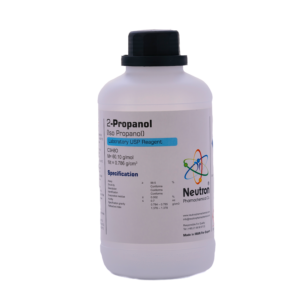Iodine is a chemical element with the symbol I and atomic number 53. It is the heaviest stable halogen, appearing as a semi lustrous, non metallic solid that melts to a deep violet liquid at around 114 °C and boils to violet gas at about 184 °C. Discovered in 1811 by Bernard Courtois, the element’s name derives from the Ancient Greek word for “violet,” reflecting the color of its vapors.
🏭⚗️ Production
Commercial iodine is extracted from natural deposits—such as caliche ores—and iodine-rich brines in oil and gas fields. The process involves isolating iodate or iodide salts and converting them into elemental iodine through oxidation.
🔬 Properties
A brittle crystalline solid with a characteristic violet vapor upon heating. It is only slightly soluble in water but dissolves well in ethanol and other organic solvents. Iodine is less reactive than other halogens, and while it has mild antiseptic properties, elemental iodine is moderately toxic and must be handled with care.
🧪 Applications
• Medical & Imaging: Used in antiseptics and radiographic contrast agents. Radioisotopes like iodine-131 are used in thyroid treatment and diagnostic imaging.
• Nutrition: Iodized salt helps prevent iodine deficiency and support thyroid health.
• Industry: Serves as a catalyst in acetic acid and polymer production, and is used in dyes, polarizing filters for LCDs, and photographic materials.





